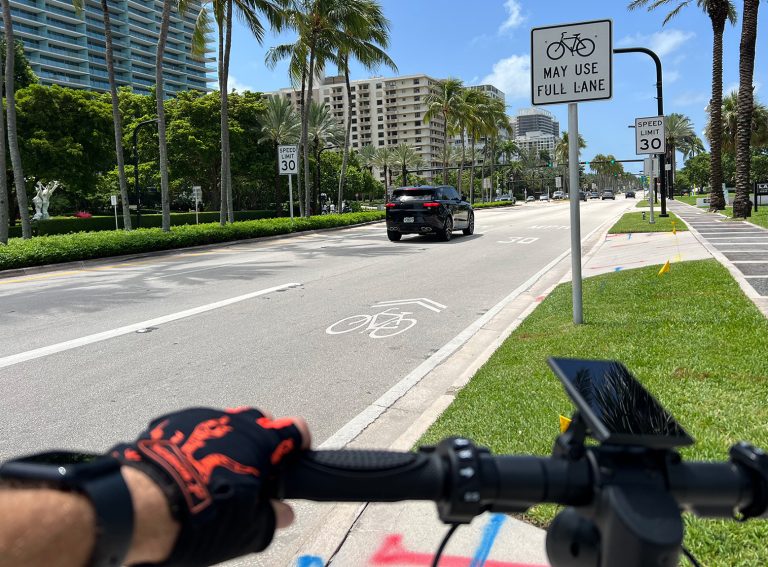Authors: Professor Tania Urmee and MSc Nguyen Thanh Trung, School of Engineering and Energy and Centre for Water, Energy and Waste, Murdoch University
In 2022, the surge in global CO2 emissions from the transportation sector underscored the urgent need for sustainable transportation alternatives.
Accounting for nearly a quarter of global energy-related emissions, the sector’s impact on climate change has become too significant to ignore.
Amid this critical situation, Vietnam has distinguished itself as a trailblazer in the adoption of electric two-wheelers (E2Ws), including electric bikes and motorcycles.
This shift not only represents a tangible move towards reducing carbon emissions but also highlights Vietnam’s role as a leader in sustainable urban mobility within the ASEAN region and beyond.
Understanding the shift
A comprehensive study focusing on the current state, compatibility, barriers, solutions, and future trends of E2Ws in Vietnam sheds light on the factors driving this market.
Through expert interviews and extensive consumer surveys, the research outlines the compatibilities, challenges and solutions of E2W adoption in the Vietnamese context.
A striking 93% of experts agree that Vietnam’s urban transportation dynamics are highly conducive to the uptake of E2Ws. The compact and agile nature of these vehicles makes them ideal for navigating the narrow and bustling streets of Vietnamese cities.
Moreover, E2Ws present an affordable and efficient alternative to car ownership, which remains out of reach for many due to economic constraints.
E2Ws: A Solution Tailored for Hanoi city in Vietnam
E2Ws present a compelling alternative to traditional vehicles, especially in Vietnam’s densely populated urban areas.
For instance, Hanoi has a population density of 2,398 people/km² in 2024, which is 8.2 times higher than the country’s average population density.
The affordability, efficiency and compact design of E2Ws perfectly meet the economic and environmental needs of Vietnamese cities. In 2023, the average monthly income in Hanoi was around $400, while the city also ranked fourth among the top 100 most air-polluted cities in the world.
E2Ws can navigate the congested streets with ease, offering a viable solution to the mobility gap left by public transport systems and reducing the dependency on gasoline vehicles.
Despite their potential, challenges such as charging infrastructure and public acceptance loom large, with a small percentage of experts pinpointing these as significant barriers. Yet, innovations like removable batteries are paving the way for a more integrated E2W ecosystem.
Barriers to Electric Mobility
The road to widespread E2W adoption in Vietnam is fraught with hurdles. From environmental challenges like heavy rains and flooding to financial and infrastructural roadblocks, these barriers are multi-faceted.
The nation’s electric vehicle (EV) infrastructure, particularly charging facilities, lags behind, hindering E2W proliferation.
Entrenched perceptions and technical limitations, such as battery life and charging times further deter potential users.
Overcoming these obstacles necessitates a multi-pronged approach, emphasising governmental intervention, infrastructure development and public awareness campaigns.
Factors Accelerating E2W Adoption
The decision to adopt E2Ws in Vietnam is influenced by a complex mix of factors, from consumer perceptions and economic considerations to environmental awareness.
The allure of E2Ws lies in their operational efficiency and competitive pricing, particularly for models imported from manufacturing hubs like China.
The availability of infrastructure, notably charging stations, alongside product attributes such as durability and design, plays a pivotal role in consumer decisions.
Government policies that incentivize E2W use and target fossil fuel reduction further bolster adoption rates.
Charting the Path Forward
To fully harness the potential of E2Ws, a comprehensive and cohesive strategy is essential. The study recommends the following:
- Financial incentives, such as tax reductions for local E2W production and consumer subsidies could make E2Ws more accessible
- Expanding the charging network and launching nationwide awareness campaigns to highlight E2Ws’ benefits are critical steps towards changing public perceptions
- Emphasising continuous research and development will enhance E2W safety and reliability
- Supporting local manufacturing of E2W components through financial incentives could lower costs and bolster the domestic industry
- Integrating E2Ws into various service sectors and updating regulations to facilitate their use are also crucial for broader adoption
These measures not only position electric two-wheelers as a viable option for urban transport, but they also support the worldwide shift towards sustainable mobility.








